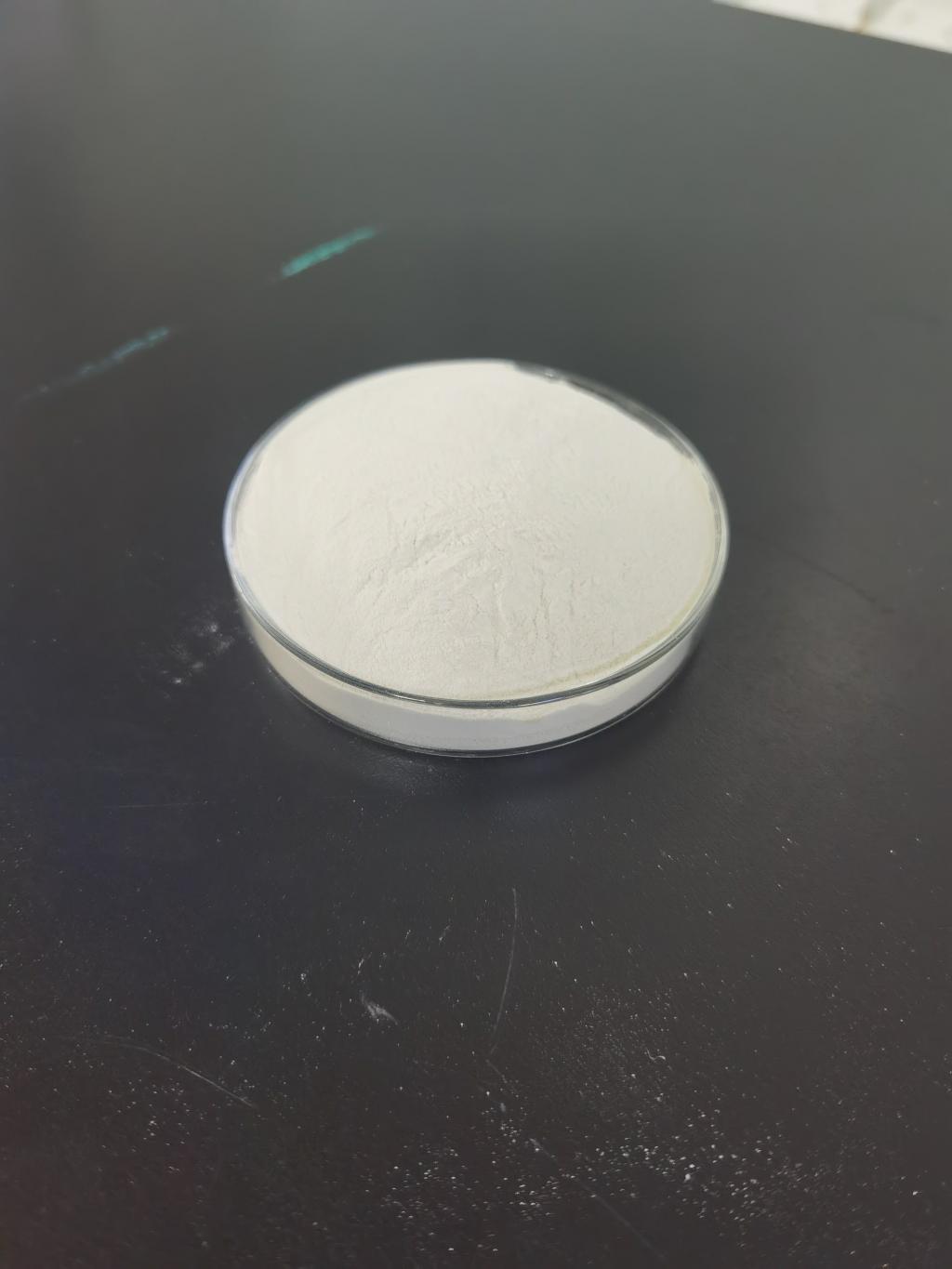Tel:0086 18231198596

News
Nisin as a Natural Food Preservative.
TIME:2023-11-02
Section 1: Understanding Nisin
1.1 Origin and Sources
Nisin is a natural antimicrobial peptide produced by specific strains of the bacterium Lactococcus lactis. It was first discovered in 1928 by Dr. Albert Kluyver and Dr. Cornelius van Niel and was named "nisin" after the latter. Nisin is typically produced through a fermentation process involving Lactococcus lactis, followed by its isolation and purification. The resulting product is a naturally derived and highly effective preservative.
1.2 Mechanism of Action
Nisin's primary function in nature is to inhibit the growth of competing microorganisms in fermented dairy products, particularly cheese. Its antimicrobial activity is primarily targeted at Gram-positive bacteria. Nisin works by disrupting the cell membranes of these bacteria, leading to cell death. This specificity allows nisin to effectively inhibit the growth of spoilage bacteria and pathogens without affecting the desirable properties of the food product.
Section 2: Nisin Applications in the Food Industry
2.1 Dairy Products
The dairy industry has extensively adopted nisin for preserving various products, including cheese and yogurt. Nisin plays a crucial role in preventing the growth of spoilage bacteria and pathogens, such as Listeria monocytogenes, thus extending the shelf life of dairy products while maintaining their quality.
2.2 Meat and Poultry
Nisin is employed in the meat and poultry industry to control the growth of various pathogens like Clostridium botulinum, ensuring the safety of processed meats. Additionally, it helps prevent spoilage, further extending the shelf life of meat and poultry products.
2.3 Bakery Products
In the production of bakery goods, nisin is used to prevent mold growth and enhance the shelf life of products such as bread, cakes, and pastries. This application reduces the reliance on synthetic preservatives, aligning with the growing demand for clean-label products.
2.4 Canned Foods
Canned foods are sometimes susceptible to microbial contamination due to inadequate sealing or handling. Nisin is used to provide an additional layer of protection against spoilage organisms, ensuring the safety and longevity of canned products.
2.5 Beverages
Even in the beverage industry, nisin finds applications. It is used in fruit juices, sports drinks, and other liquid products to inhibit the growth of harmful microorganisms, thereby extending their shelf life.
Section 3: Advantages of Nisin in Food Preservation
3.1 Natural and Safe
One of the most significant advantages of using nisin in the food industry is its natural origin. As a naturally derived preservative, nisin is generally considered safe and is well-received by consumers seeking clean-label products.
3.2 Targeted Antimicrobial Activity
Nisin's antimicrobial activity is highly selective, primarily targeting Gram-positive bacteria. These bacteria are often responsible for food spoilage and foodborne illnesses. Nisin's specificity allows it to inhibit harmful microorganisms without affecting the sensory and functional properties of the food product.
3.3 Extended Shelf Life
Nisin effectively extends the shelf life of various food products, reducing food waste and ensuring that products maintain their quality over a more extended period.
3.4 Reduced Synthetic Additives
The use of nisin in food preservation reduces the need for synthetic preservatives and additives, addressing the growing demand for cleaner and more transparent ingredient lists.
Section 4: Regulatory Considerations
4.1 FDA and European Approvals
Nisin has received Generally Recognized as Safe (GRAS) status from the U.S. Food and Drug Administration (FDA) and approval from the European Food Safety Authority (EFSA). These regulatory endorsements validate the safety and suitability of nisin for use in various food products.
4.2 Maximum Permissible Levels
To ensure safe and appropriate use, regulatory bodies specify maximum permissible levels of nisin in different food products. Food manufacturers must adhere to these guidelines when incorporating nisin into their products.
Section 5: Challenges and Future Prospects
5.1 Limited Spectrum of Activity
One of the challenges associated with nisin is its limited spectrum of antimicrobial activity. While it is effective against many Gram-positive bacteria, it may not be as effective against Gram-negative bacteria. Ongoing research aims to address this limitation and expand the range of applications for nisin.
5.2 Consumer Awareness
Although nisin is generally considered safe, some consumers may still be unaware of its benefits and natural origin. Increasing consumer awareness about the advantages of nisin in food preservation can contribute to its wider adoption.
5.3 Synergistic Effects
Researchers are exploring synergistic effects between nisin and other natural preservatives or antimicrobial agents. This research could potentially enhance nisin's efficacy and broaden its applications.
5.4 Sustainability
Given the increasing demand for sustainable food production, nisin's natural origin and eco-friendly production processes position it as a sustainable alternative to synthetic preservatives. Future developments may focus on further improving its sustainability.
Conclusion
Nisin, a natural antimicrobial peptide, has gained prominence in the food industry as a powerful and natural food preservative. Its numerous advantages, including safety, extended shelf life, and reduced reliance on synthetic additives, make it a valuable tool for food manufacturers. With regulatory approvals in place, ongoing research to address its limitations, and the potential for increased consumer awareness, nisin's future prospects in the food industry are promising. As the food industry continues to evolve, nisin's role in ensuring food safety and quality is likely to become even more significant.
Previous:Nisin China manufacturers
Next:Nisin wholesale price

 CONTACT
CONTACT




